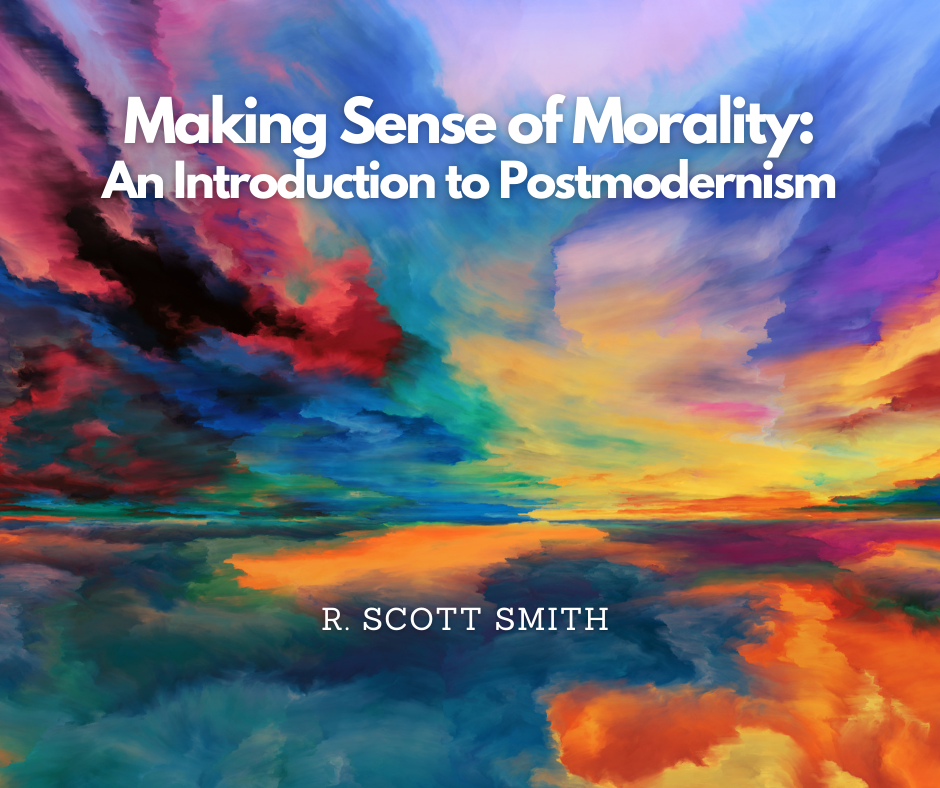Summary of John Hare’s God's Call (Part 2)
/John Hare’s God’s Call: Moral Realism, God’s Commands, & Human Autonomy (Grand Rapids, MI: Eerdmans, 2001): Part II, 1.1 (Platonism & Emotivism)
David Baggett
The first chapter of John Hare’s God’s Call is entitled “Moral Realism,” and here Hare wishes to present an account of the twentieth-century history of the debate within the Anglo-American philosophy between moral realists and moral expressivists. Moral realists emphasize the reality of value properties such as moral goodness, a reality which is in some sense independent of our attempts at evaluation. (Hare’s focus in the chapter will be on values more broadly and not moral values in particular.) Moral expressivists emphasize the role of moral (or value) judgment in expressing the will or emotion or desire. He will end up with a kind of merger of the two approaches.
Hare construes the debate as a whole in terms of a structure in which both sides have made progressive concessions until there’s a synthesis of sorts. That point of merger is Hare’s own position of “prescriptive realism,” a view that preserves, he claims, the surviving merits on both sides. He argues that we will also have a position that will help us understand God’s role in human morality.
The least concessive realist option is Platonism, so Hare begins with G. E. Moore’s 1903 Principia Ethica. Intrinsic goodness is, Moore thinks, a real property of things, even though it does not exist in time and is not the object of sense perceptions. Moore aligns himself with Plato. Goodness is objective, in the sense that it is there independently of us (though not in space and time).
Moore thinks his predecessors have all committed the “naturalistic fallacy” of trying to define this value property by identifying it with a non-evaluative property. But whatever non-evaluative property we try to say goodness is identical to, we will find that it remains an open question whether that property is in fact good—whether the property in question is natural or supernatural. If the questions are different (one open, one closed), then the two properties can’t be the same. Intrinsic goodness, Moore says, is a simple non-natural property and indefinable. To say that it is non-natural is to distinguish it both from natural properties (like producing pleasure) and supernatural ones (like being commanded by God).
How can humans have access to non-natural properties? Moore thinks we can know what is good by a special form of cognition, which he calls “intuition.” Access is not based on an inference or argument, but it is self-evident (though we can still get it wrong, just as with sense perception). Moore thinks that the way to determine what things have positive value intrinsically is to consider what things are such that, if they existed by themselves, in absolute isolation, we should yet judge their existence to be good. He thought the most valuable things are certain states of consciousness like the pleasures of human intercourse and the enjoyment of beautiful objects.
Moore thinks that usually our wills join together organically the cognition or intuition of goodness and something non-cognitive like a desire. Besides the cognition and emotion, there’s also the judgment of taste—that something deserves to cause the emotion.
The least concessive expressivist position is that of A. J. Ayer’s 1936 Language, Truth, and Logic. Ayer starts from a logical positivist criterion for meaningful statements, which entails that ethical statements are not meaningful, a view Hare obviously rejects. To get at what he thinks we are doing in making ethical judgments, Ayer focuses on the non-cognitive ingredient in evaluation that Moore identified. Ethical judgments merely serve to show that the expression of it is attended by certain feelings in the speaker. The function of the ethical words is merely “emotive,” meaning that they are used to express feeling about certain objects, not to make any assertion about them.
Ayer says this account is a kind of subjectivism. It is not the kind of subjectivist view that sees moral judgments are reports of our feelings, but as expressions of our feelings. Ayer departs from Moore in having to admit that we don’t really disagree about questions of value. On Ayer’s view of moral judgment, “Eating people is bad” and “Eating people is good” do not express propositions at all, and therefore can’t express inconsistent propositions. The most Ayer can say is that when we think we are disputing questions of value, we are actually disputing about the non-evaluative facts of the case that lie behind our attitudes.






















